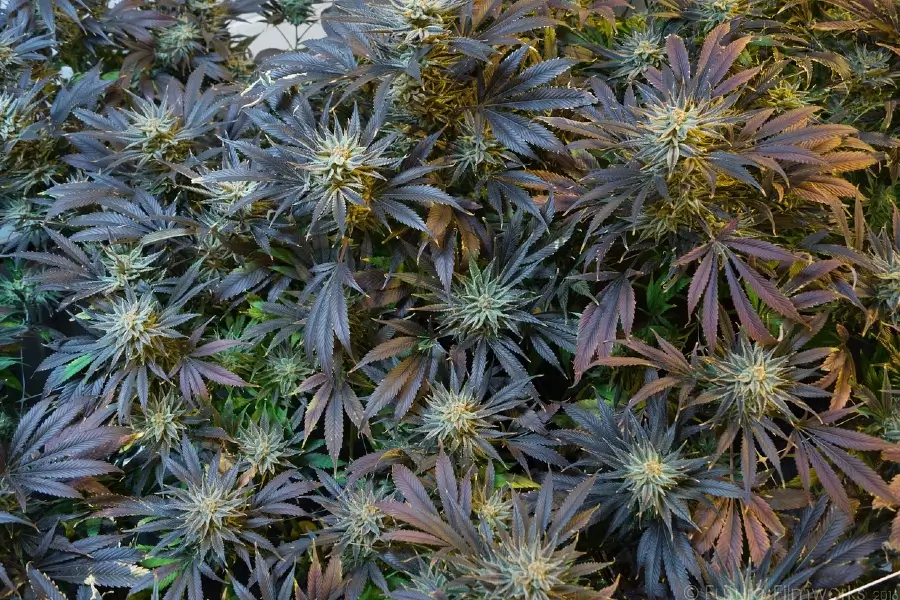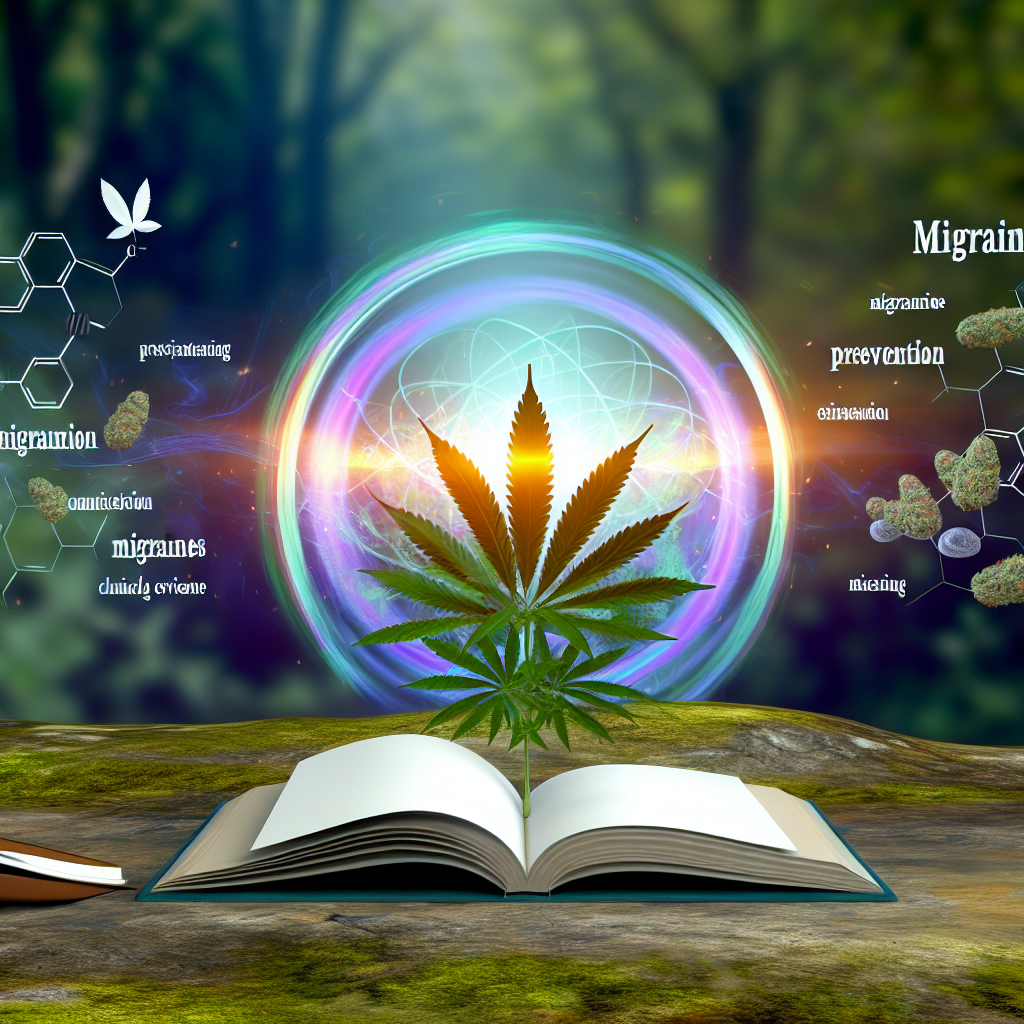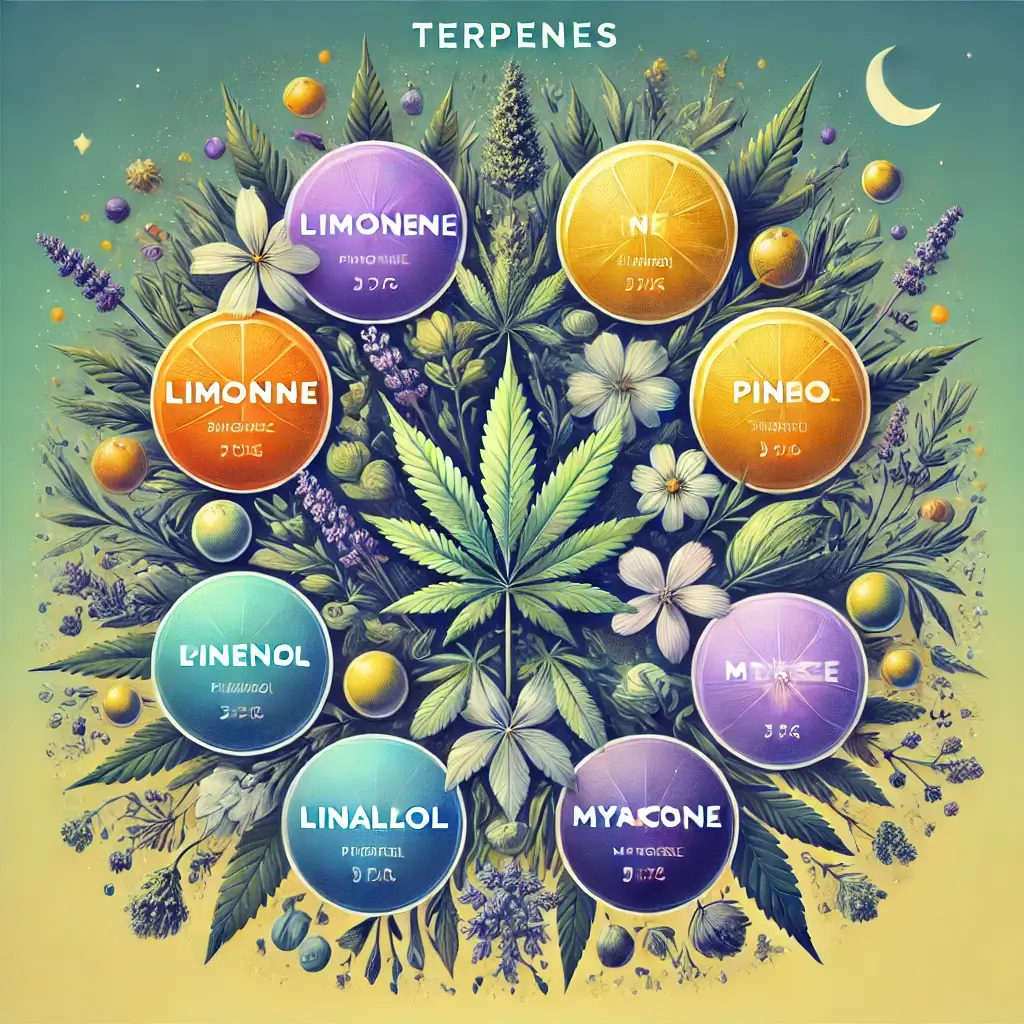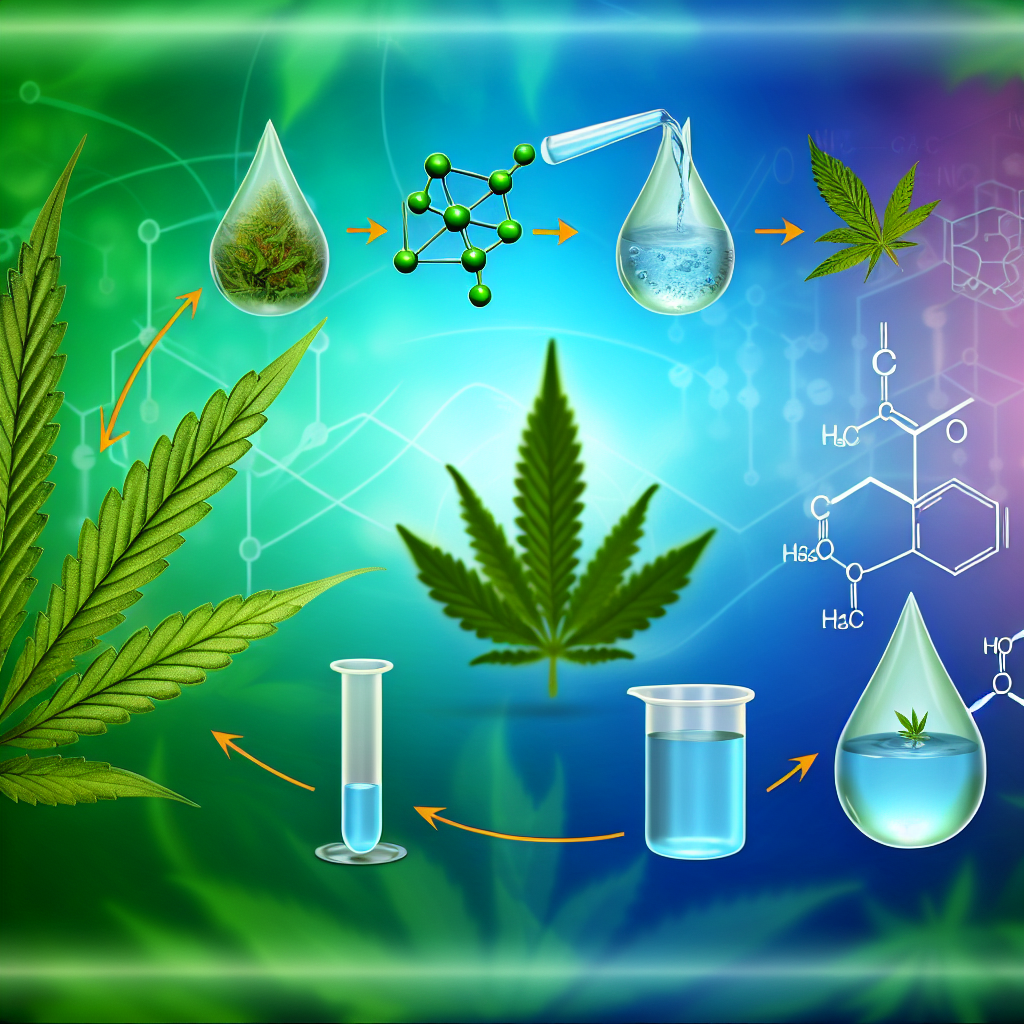Particularly its possible application in managing persistent pain. Chronic pain is a severe and incapacitating ailment that afflicts a large number of individuals globally and can significantly diminish their quality of life. Conventional analgesics like opioids are frequently employed for the treatment of persistent pain. However, they are accompanied by a multitude of adverse effects and the potential for dependency.
Conversely, marijuana has demonstrated encouraging outcomes in the management of persistent pain. The cannabis plant is an intricate organism that comprises a multitude of diverse chemicals, encompassing around 100 cannabinoids.
Tetrahydrocannabinol (THC) and cannabidiol (CBD) are two widely recognized cannabinoids present in cannabis. These compounds have undergone thorough research due to their medicinal qualities.
THC, or delta-9-tetrahydrocannabinol, is the primary mind-altering substance found in cannabis. It is responsible for producing the euphoric and intoxicating effects, sometimes referred to as the “high” experienced while using marijuana. Moreover, it possesses several therapeutic advantages, such as analgesic properties, anti-inflammatory properties, and the capacity to enhance hunger.
CBD, in contrast, is a cannabinoid that does not produce intoxicating effects.
THC attaches to cannabinoid receptors in the brain, thereby regulating pain signals and diminishing inflammation throughout the body.
CBD, in contrast, is a cannabinoid that does not produce intoxicating effects and has garnered significant interest in recent times due to its possible therapeutic applications. Contrary to THC, CBD does not induce a psychoactive state. Still, it does possess some medicinal qualities, like analgesic capabilities, anti-inflammatory benefits, and the capacity to alleviate anxiety and sadness.
CBD engages with the body’s endocannabinoid system, which governs physiological processes such as pain perception, inflammation, and mood.
Additional cannabinoids included in cannabis are cannabigerol (CBG), cannabinol (CBN), and cannabichromene (CBC), each possessing distinct medicinal benefits. Collectively, these cannabinoids collaborate harmoniously to generate the curative properties of cannabis, rendering it a promising alternative for a multitude of medical ailments.
Upon ingestion, these substances engage with the body’s endocannabinoid system, which regulates pain, mood, and several physiological processes.
Research has demonstrated that marijuana has the potential to effectively alleviate several forms of persistent pain, such as neuropathic pain, inflammatory pain, and pain associated with cancer. Additionally, it can assist in mitigating symptoms linked to illnesses such as multiple sclerosis, fibromyalgia, and arthritis.
Although marijuana has the potential to provide significant advantages in managing chronic pain.
Furthermore, marijuana has been discovered to possess fewer adverse effects compared to conventional pain treatments, in addition to its analgesic characteristics. It cannot induce respiratory depression, a frequently observed adverse effect of opioids, and has a lower propensity for addiction or overdose.
Although marijuana has the potential to provide significant advantages in managing chronic pain, its utilization is hindered by existing legal and social obstacles. Marijuana is still prohibited by federal law in the United States, and it is often perceived as a hazardous substance.
Nevertheless, when further investigation is carried out regarding its therapeutic attributes, perspectives and regulations pertaining to its utilization are probable to develop persistently.
Ultimately, marijuana possesses the capacity to serve as a viable and secure therapeutic alternative for persistent pain. Although further research is necessary to grasp its advantages and drawbacks comprehensively, it is evident that it plays a role in the discussion over pain management.
With the ongoing societal trend towards a comprehensive approach to healthcare, there is a potential for marijuana to gain broader acceptance and usage as a form of treatment.




